
5 Bamboo Forests in Tokyo: Must-See Picture-Perfect Spots!
- Written by: Matt Vachon
When asked to picture rural Japan, serene bamboo forests immediately come to mind. While not an image typically associated with large cities, least of all the ultra-modern and frequently chaotic Tokyo, but Japan’s capital is in fact home to a number of these iconic bamboo forests.
Though not as vast or well-known as those in Kyoto, Tokyo’s bamboo forests are the perfect green space escapes from the non-stop hustle and bustle of the city. If you’ve ever wanted to experience Japan’s long love affair with these soothing forests firsthand, the following list is a great place to start.
- Table of Contents
1. Suzume-no Oyado Ryokuchi Park (すずめのお宿緑地公園), Meguro
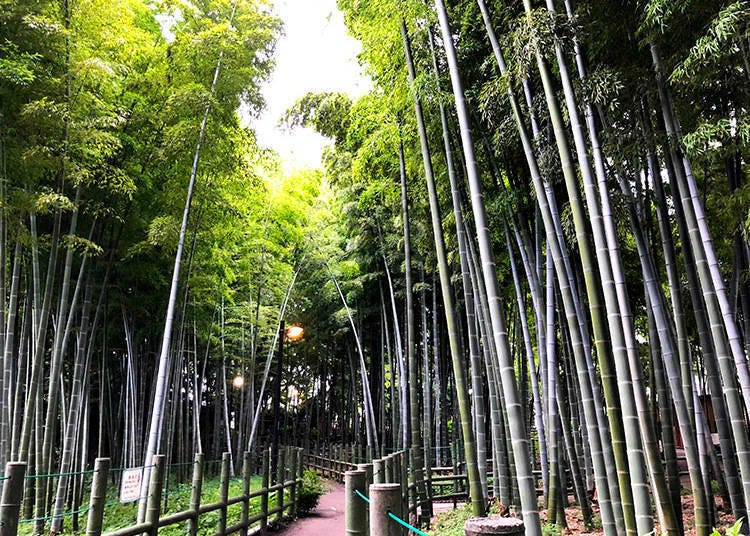
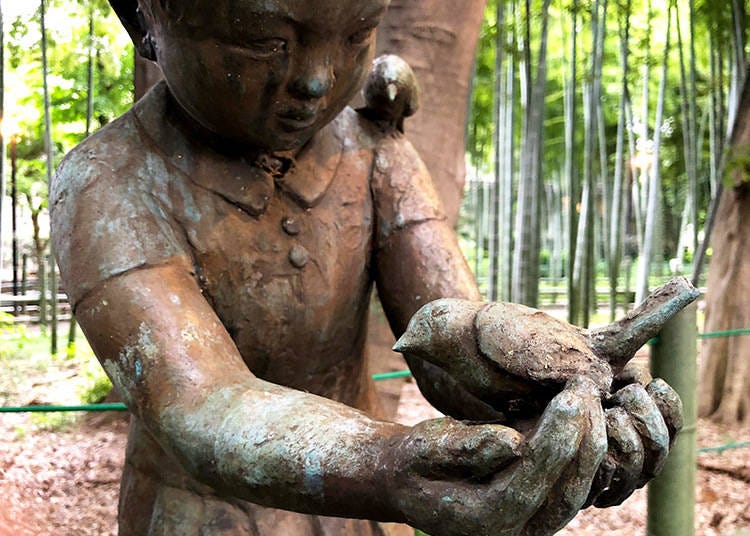
Located approximately 20 minutes from Shibuya Station by train and bus, Suzume-no Oyado Ryokuchi Park in Meguro boasts a bamboo forest planted over 200 years ago during the Edo period.
The park gets it name from a massive sparrow (suzume in Japanese) population that lived among the trees during the Showa period. Though their numbers are no longer quite so large, the park is still inhabited by a wide variety of bird species.
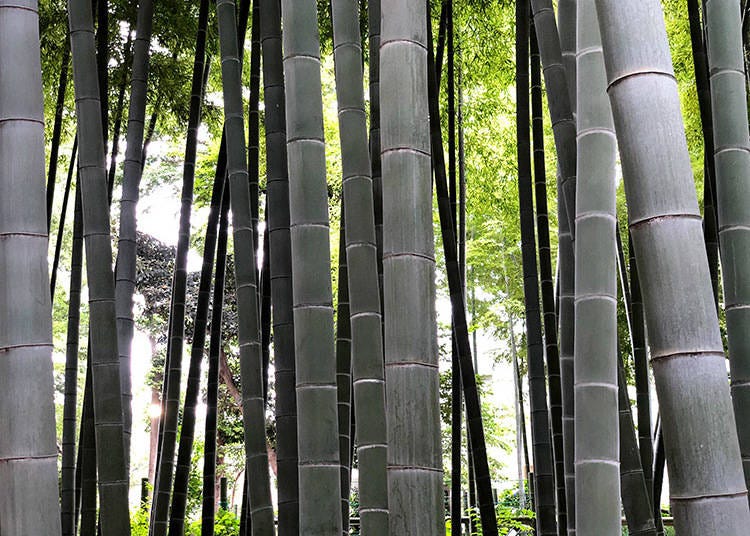
While certainly not the largest bamboo forest around Tokyo, Suzume-no Oyado Ryokuchi Park offers guests the opportunity to be immersed amongst the trees as they walk along its peaceful bamboo-lined paths. In the northeast corner of the park, guests may also visit and tour a traditional Japanese house which has been fully restored to its original condition.
-
Suzume-no Oyado Ryokuchi Parkすずめのお宿緑地公園
- Address 〒152-0003 東京都目黒区碑文谷3-11-22 / 3-11-22 Himon-ya, Meguro-ku, Tokyo 1520003, Japan
-
Nearest Station
Toritsu-daigaku Station (Tokyu Toyoko Line); 15 minute walk
Cost: Free
Hours: The park is accessible 24 hours a day, but the Japanese house can only be toured from 9:30 AM to 3:30 PM Wednesday through Sunday. However, the house is open for tours on Mondays and Tuesdays in the event of public holidays.
2. Jidayubori Park (次大夫堀公園), Setagaya
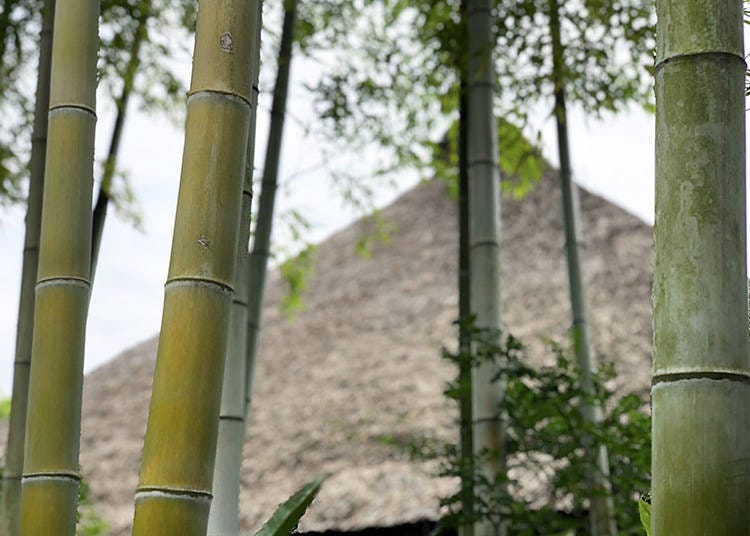
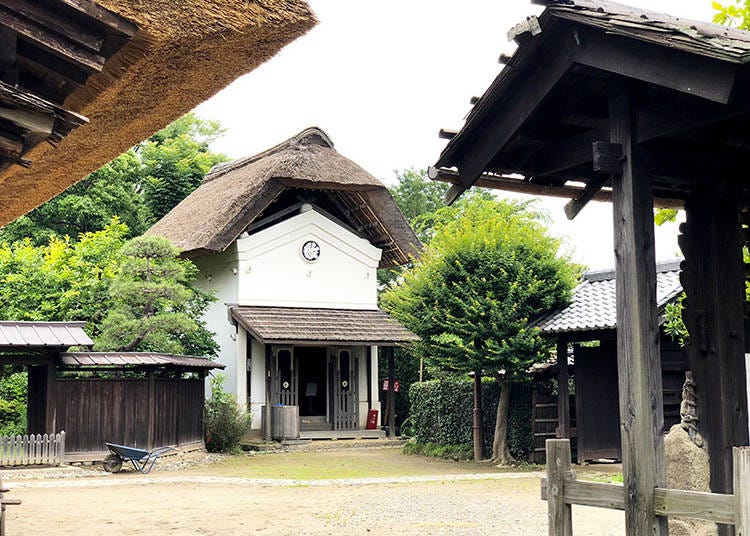
Stepping into Jidayubori Park feels a great deal like travelling back in time and viewing life in Japan during the Edo and Meiji periods. Created as a large-scale historical recreation, visitors to the park can experience life in a traditional Japanese farming community complete with several restored historical homes, workshops, vegetable gardens, rice paddies, and more. During your visit, you can enjoy a cup of hot tea while sitting by an open fireplace, and even watch live blacksmithing and cotton weaving demonstrations. Throughout the year, Jidayubori Park also holds educational farming classes for those interested in agriculture.
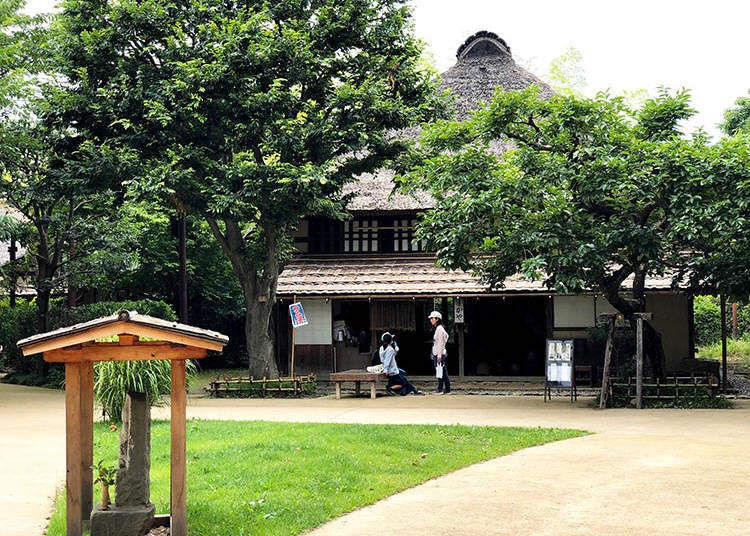
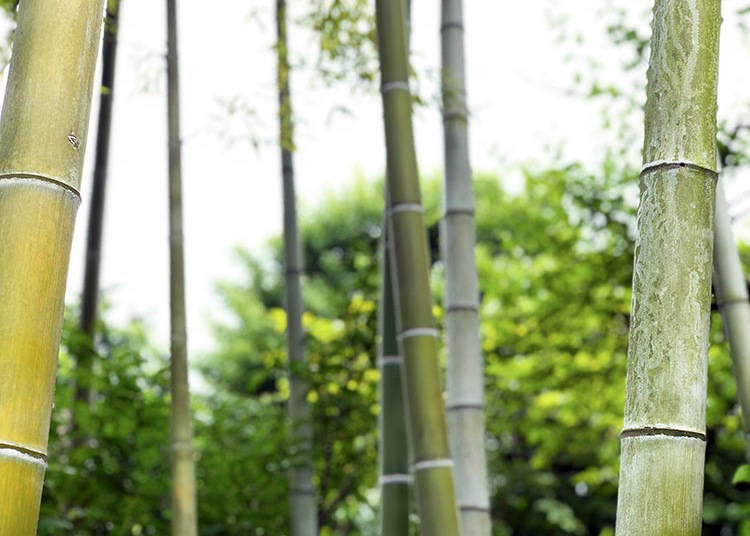
Of course, Jidayubori Park is also home to two small bamboo groves. The amount of bamboo trees here is small compared to other parks on this list, but the added ambiance of Jidayubori Park will truly place you in the footsteps of history and create an altogether unique Japanese experience.
-
Jidayubori Park次大夫堀公園
- Address 〒157-0067 東京都世田谷区喜多見5-27-14 / 5-27-14 Kitami, Setagaya-ku, Tokyo 1570067, Japan
-
Nearest Station
Seijogakuen-Mae Station (Odakyu Line). Roughly a 15 minute walk from the station.
- Phone Number 03-3417-8492
Cost: Free
Hours: 9:00 AM to 5:00 PM
3. Higashikurumeshi Chikurin Park (東久留米市 竹林公園)
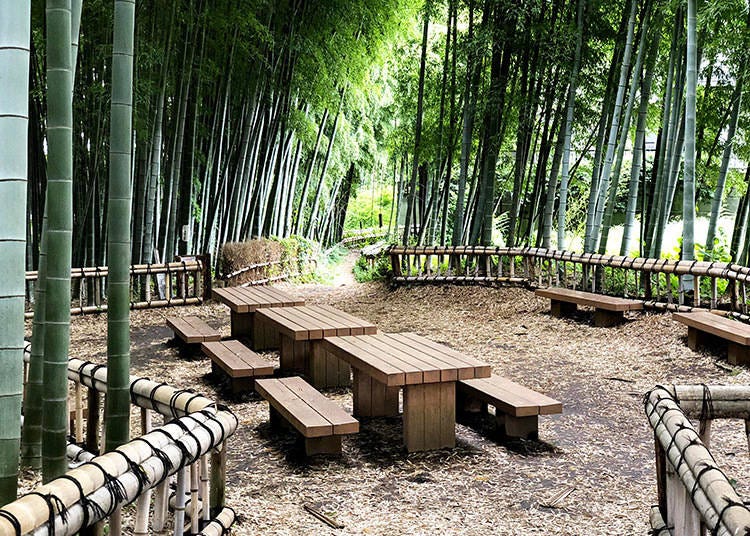
A relaxing ten minute stroll from Higashikurume Station through a quiet suburban neighborhood will find visitors in peaceful Chikurin Park. Its focus on the raw beauty of bamboo forests, complete with roughly 2,000 bamboo trees and a natural spring water stream that flows throughout the park, makes it a serious contender for one of the top bamboo forests around Tokyo.

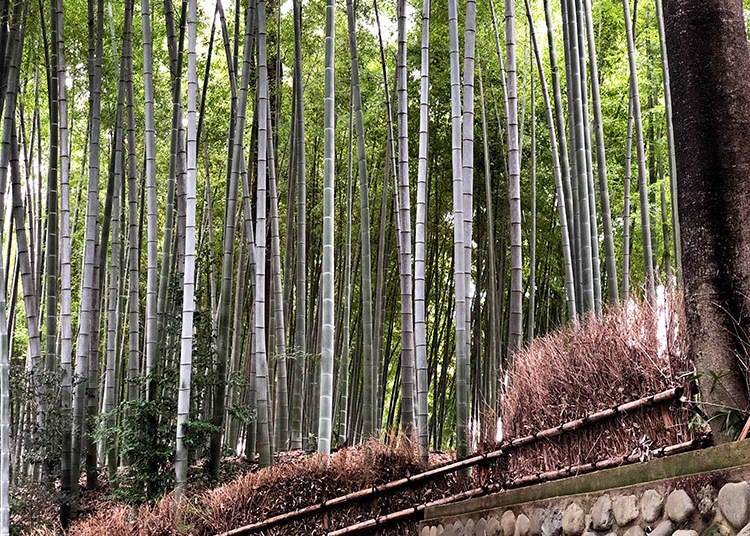

A clear winner in terms of bamboo density within the city; it is rivaled perhaps only by Kamakura’s Hokokuji Temple, located over an hour south of central Tokyo. Visitors to the park can also enjoy viewing the many different varieties of flowers planted throughout, bird watching, and firefly viewing during the summer months.
-
Higashikurumeshi Chikurin ParkHigashikurumeshi Chikurin Park 東久留米市 竹林公園
- Address 〒203-0023 東京都東久留米市南沢1-7 / 1-7 Minamisawa, Higashikurume-shi, Tokyo 2030023, Japan
-
Nearest Station
Higashi-Kurume Station (Seibu-Ikebukuro Line). The park is a 10 minute walk south of the station.
Cost: Free
Hours: Open 24 hours a day
4. Tonogayato Garden (殿ヶ谷戸庭園), Kokubunji
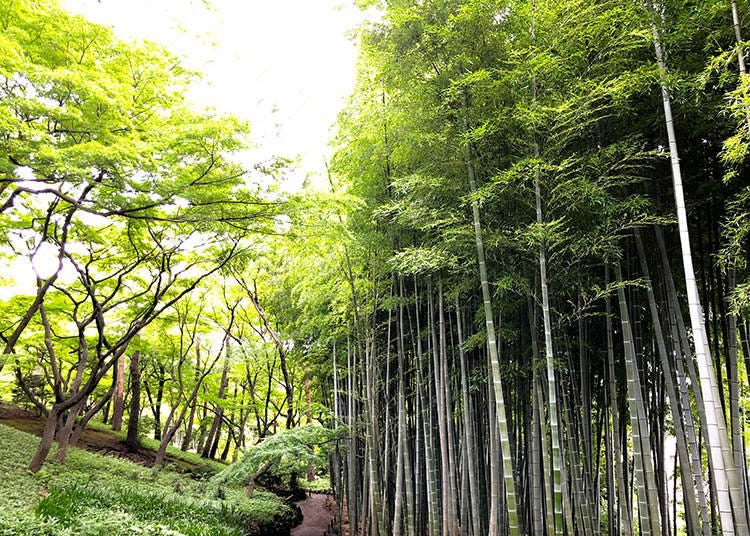
Once privately owned by a wealthy Japanese family, the gardens at Tonogayato were first opened to the public in 1979. The park is particularly eye-catching in that it adheres to the natural topography of the land. Unlike most gardens that reshape the area to fit a particular design, Tonogayato Park instead follows the natural flow of the hills and valleys.
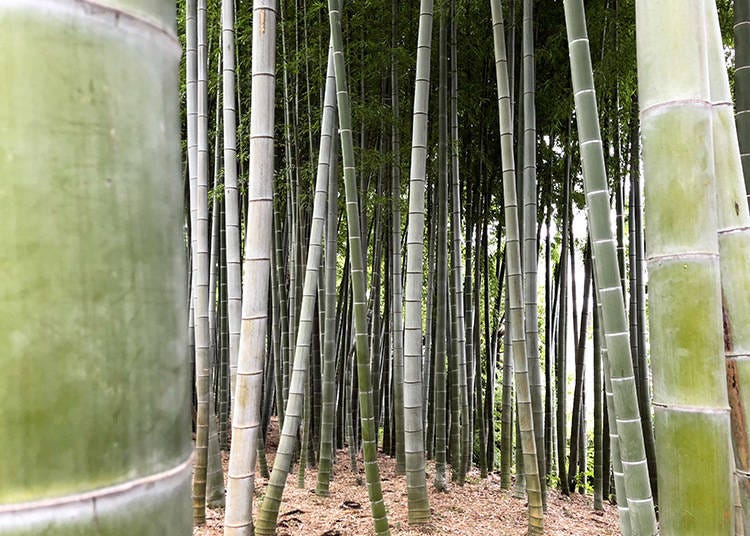
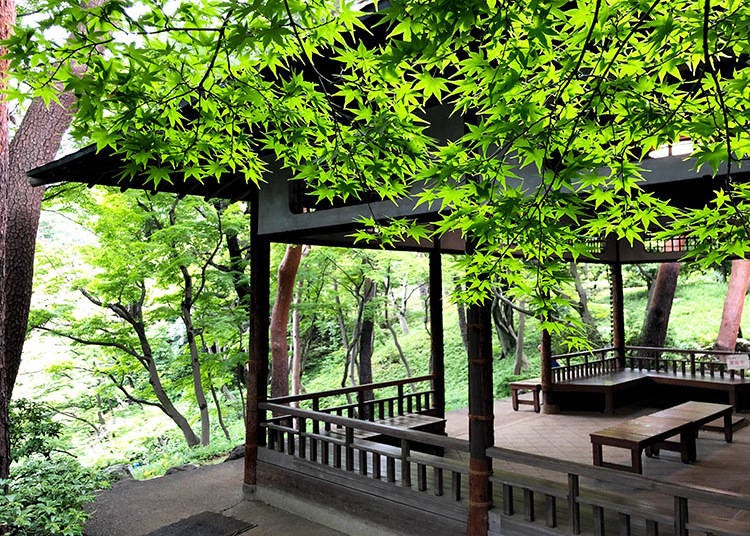
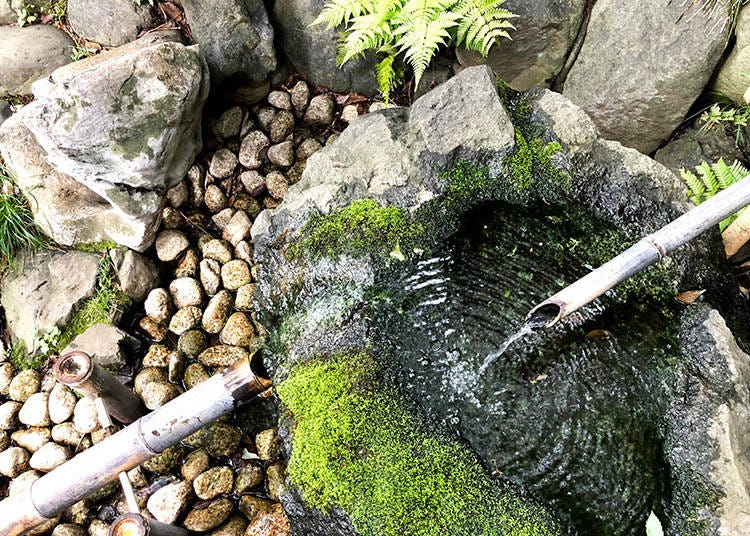
The result is a well-maintained garden that feels entirely unlike anything man-made. The bamboo grove may not be the largest aspect of this 21,000 square meter park, but the serene backdrop will not leave any visitor in wanting. In Autumn, the brilliantly colored leaves of the surrounding trees truly make the bamboo forest a sight to behold.
-
Tonogayato Garden殿ヶ谷戸庭園
- Address 〒185-0021 東京都国分寺市南町二丁目 / 2 Minamimachi, Kokubunji-shi, Tokyo 1850021, Japan
-
Nearest Station
Kokubunji Station (JR Chuo Line). Approximately three minutes on foot from the south exit.
Cost: ¥150 for adults, ¥70 for people 65 years and older, free for children in primary school and younger.
Hours: 9:00 AM to 5:00 PM. Last entry to the garden is at 4:30 PM.
5. Roka Koshun-en Park (蘆花恒春園), Setagaya
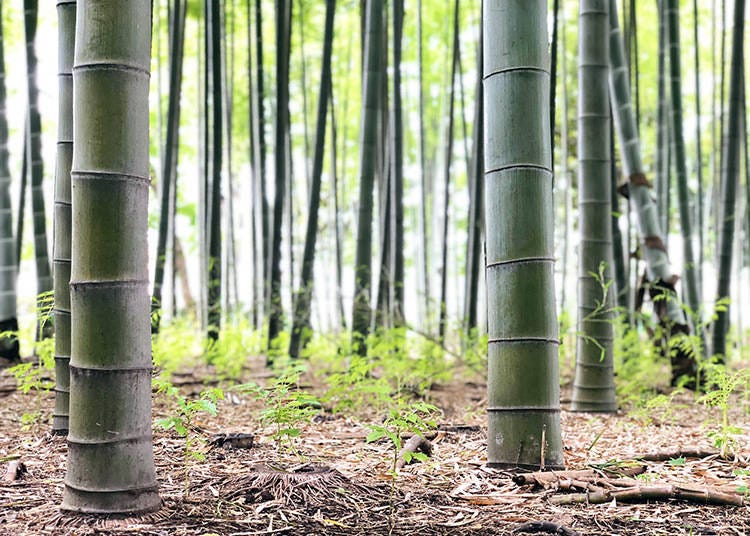
Once the home of world-renowned author Kenjiro “Roka” Tokutomi (best known for his work, The Cuckoo), Roka Koshun-en Park was donated to the Japanese government after his passing with the intention of preserving its natural beauty so that it could be enjoyed by the public. In addition to his preserved home, a museum has been built in the park which houses many of Roka’s personal items, including letters, manuscripts, and writing implements.
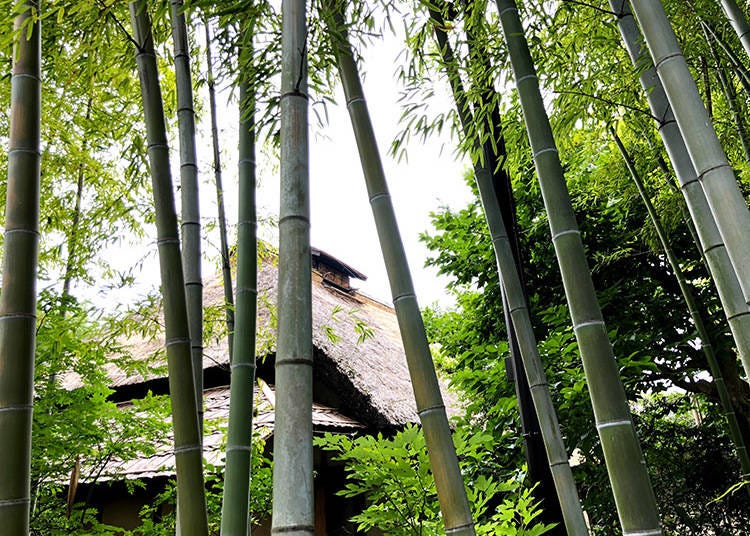
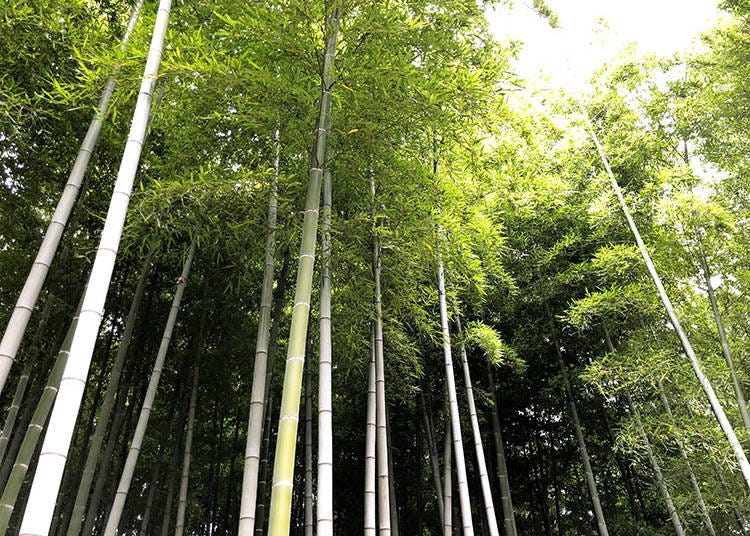
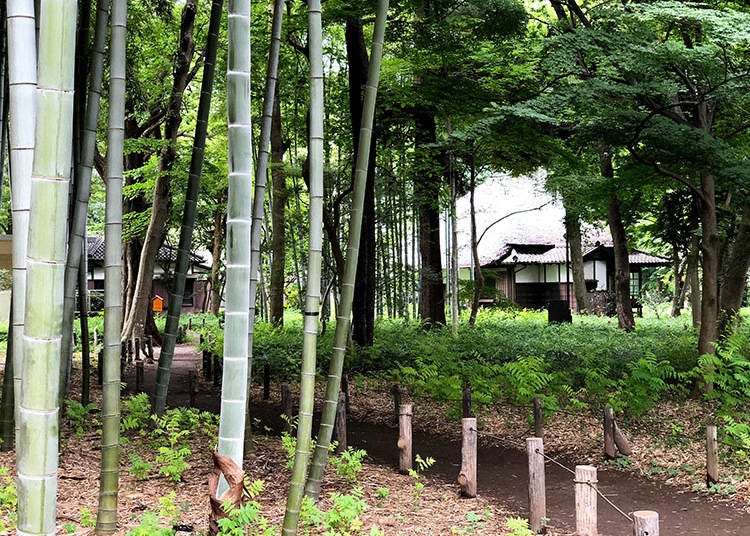
Amongst the gardens, visitors will find many varieties of flowers, stone oaks, Himalayan cedars, and of course, bamboo, which had been planted by Roka during his residence there. The bamboo grove and surrounding nature is expertly maintained, allowing visitors to experience the serenity he had enjoyed there. The graves of Roka and his wife Aiko can be found within the forest as well for guests who wish to pay their respects.
-
Roka Koshun-en Park蘆花恒春園
- Address 〒157-0063 東京都世田谷区粕谷1-20-1 / 1-20-1 Kasuya, Setagaya-ku, Tokyo 1570063, Japan
-
Nearest Station
Roka-Koen Station (Keio Line). From there, take the south exit. The park is roughly 15 minutes away on foot.
Cost: Free
Hours: The park itself is open 24 hours a day, but Roka’s home and the artifact museum can be toured from 9:00 AM to 4:00 PM.
Bamboo Forests: Etiquette Guide
Please keep in mind that these gardens have spiritual significance for many people of Japan. While visiting, please be respectful of those around you and the surrounding nature. If there is a clearly defined path laid out, stay on it. Many of these ecosystems can be quite fragile, and even the most careful of footsteps can cause destruction. Also, though you will undoubtedly love your trip to any of the aforementioned bamboo gardens, carving your name into a nearby bamboo tree is not an appropriate way to memorialize the occasion. For a better way to create a lasting memory of the day, check out the photo tips below.
Taking Photos of Bamboo: Photo Tips
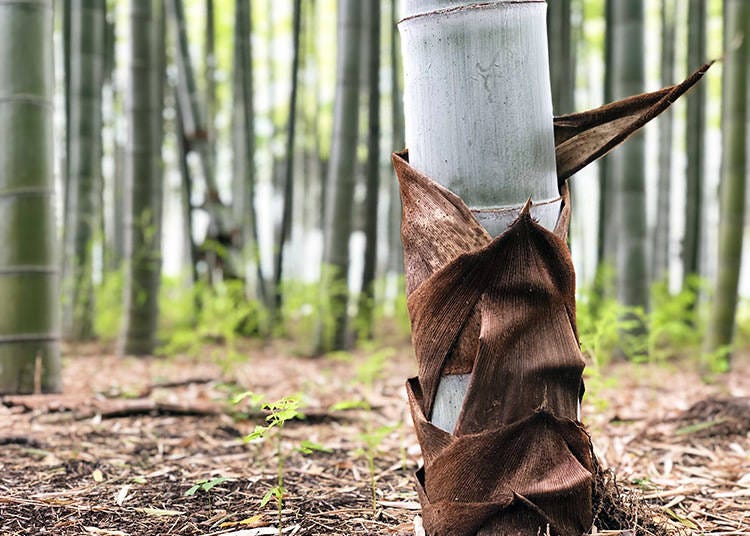
No trip to Japan would be complete without the perfect travel photos. To make the most of your bamboo snapshots, try some of these photography tips.
Change Your Perspective
Often times when taking photos of a famous place, whether intended or not, people will try to recreate a similar image they have seen on the internet. While this isn’t a terrible idea (after all, the picture they’re recreating is famous for a reason), the end result is one photo lost amongst a sea of identical copies.
To make sure your pictures stand out from the crowd, try approaching your subject from a different angle. Rather than shooting the bamboo forest from straight on, walk in a large semicircle until you find a unique vantage point. The human eye is instinctively drawn to lines, so framing your shot in a way in which the bamboo forms a natural alley or path could add much more visual appeal to your photo.
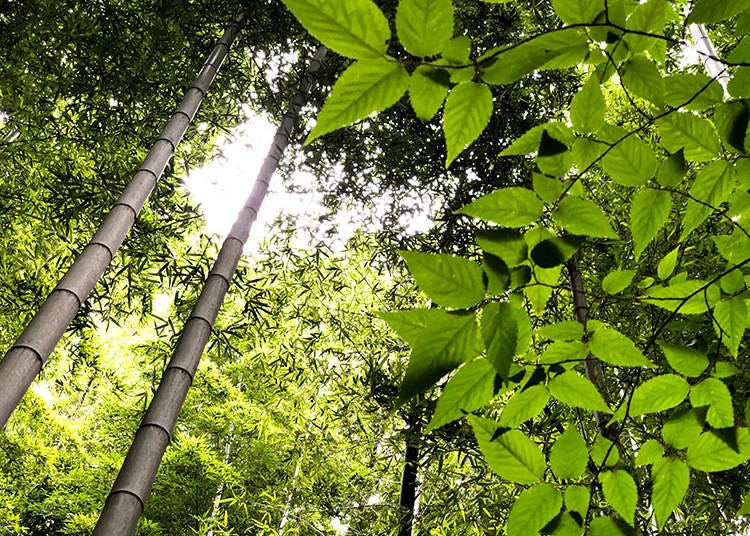
Follow the Light
A common photography mistake that is seen quite often is taking the majority of your photos at midday. It seems logical after all, as the sun is at its highest point at noon. More light means better photos, right? Well, not exactly. When the sun is directly overhead, your photos will be plagued with harsh shadows in some areas and overexposed spots in others.
To correct for this, aim to take your photos during the golden hour, the period of time immediately after sunrise, or shortly before sunset. During this time, the sun is lower in the sky, resulting in a more even diffusion of warm, golden light. When shooting during golden hour, you’ll find that shadows are softer, exposure is more even, and perhaps most importantly, the ambient colors take on an almost magical quality.
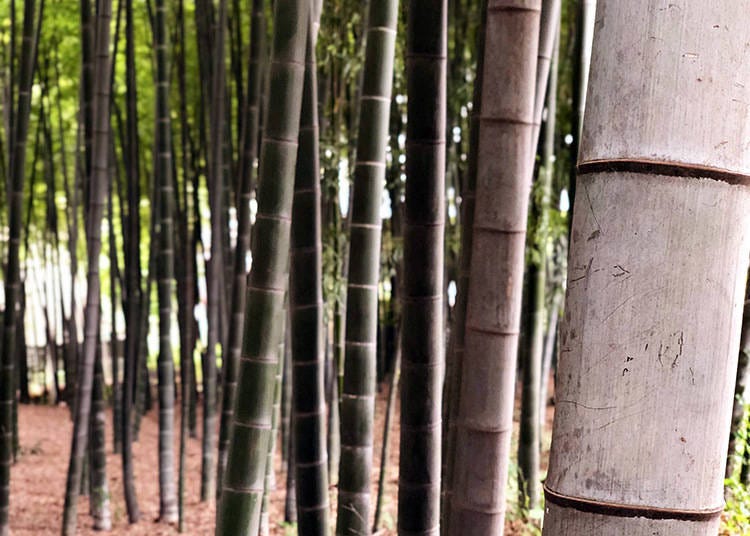
Look Closer
The telltale sign of an amateur vacation photo is a huge, wide angle shot encompassing every detail in the general vicinity. This is a perfectly understandable trap to fall into when surrounded by such beauty, but what people often fail to remember is that you don’t need to tell the entire story of a place in one photo. Picture your favorite film trilogy. Everyone has one. Now try to imagine if they told the entirety of that trilogy in one single two hour movie. Imagine how much detail and backstory would had to have been cut out. The same goes for still photos.
Let your stories tell the complete story by focusing on the smaller details rather than the bigger picture. Sure, you could try to capture the entire 40 foot tall bamboo tree in one photo, but just think of what you’re missing - the texture of the bark, the way the light filters through its leaves, the tiny army of ants marching up its trunk. By capturing these tiny details, you’ll not only form more vivid memories for yourself, you will create a near-tangible experience for your friends and family back home as well.
*Photos by Timothy Sullivan
Matt Vachon is a content creator in Tokyo who enjoys exploring off the beaten path locations around Japan. Graduated from the University of Massachusetts before moving to Japan. Since that time, he has created content for numerous tourism focused publications including The Japan National Tourism Organization, Tsunagu Japan, and Tokyo Localized. Holds a bachelor's degree in psychology. He is passionate about filmmaking and has been working on documentaries about Japan. During his downtime, he's often indulging his inner foodie by trying out some of the best hidden gem restaurants in Tokyo.
- Area
- Category
*Prices and options mentioned are subject to change.
*Unless stated otherwise, all prices include tax.
Popular Tours & Activitiess
Recommended places for you
-

First Japan Cherry Blossom 2026 Forecast Announced! Here's When & Where to See Sakura in Japan
-

New in Ginza! Air BicCamera Ginza Opens with a Faster, More Convenient Shopping Experience
by: Guest Contributor
-

Japan’s Shinkansen Is About to Change Travel in an Unexpected Way
by: Guest Contributor
-
Ad

Complete Guide to Ueno's National Museum of Nature and Science, the Perfect Place to Visit on Rainy Days or With Children
-

Strawberries, Style, and Tokyo’s Coolest Neighborhood: Winter Afternoon Tea in Kichijoji
by: Guest Contributor
-
Ad

Discover the "Miraculous Forest" in the Heart of Tokyo: The Institute for Nature Study (9 Minutes from JR Meguro Station)
Inspiration for Accommodations
-

Enjoy Mt. Fuji from the Comfort of Your Room! Recommended Ryokan with Mt. Fuji View
-

Stay Near the Cherry Blossoms! Hotels for Cherry Blossom Viewing in Tokyo
-

Family-Friendly Hotels with Free Shuttle to Disneyland: Convenient Access for a Magical Stay
-

Top Ranked Hakone Hotels with Mt. Fuji View: Enjoy Stunning Scenery from Your Private Space
-

Convenient Tokyo Hotels with Airport Shuttle: Ideal for Families and Heavy Luggage
-

Stunning Tokyo Tower View Hotels: Enjoy Spectacular Scenery from Your Private Space
-

Convenient Asakusa Hotels with Kitchens: Ideal for Extended Family Visits
-

Experience Luxury: Hakone's 10 Best Five-Star Accommodations
-

Enjoy Mt. Fuji Autumn Leaves! Top Hotels Near the Popular Autumn Leaves Corridor
-

Experience Hakone Fall Foliage from Your Room with Stunning Views
-

Atami 1-Day Itinerary: Exploring Japan's Castle & Hot Springs Resort Town Near Tokyo!
-

Tokyo Roppongi: 5 Most Amazing Spots at Roppongi Hills and How to Make the Best of Them!
-

Traveling around Tokyo: 10 Things You Didn't Know About Ueno Park!
-

A waterfall at the park? A free secret oasis to heal your mind near the station
-

Shibuya's Miyashita Park: Full of fun side streets, activities, and a hotel
-

Shibuya Crossing: Getting the Best View from the Deck at Magnet by Shibuya109!
- #best ramen tokyo
- #what to buy in ameyoko
- #what to bring to japan
- #new years in tokyo
- #best izakaya shinjuku
- #things to do tokyo
- #japanese nail trends
- #what to do in odaiba
- #onsen tattoo friendly tokyo
- #daiso
- #best sushi ginza
- #japanese convenience store snacks
- #best yakiniku shibuya
- #japanese fashion culture
- #best japanese soft drinks




















